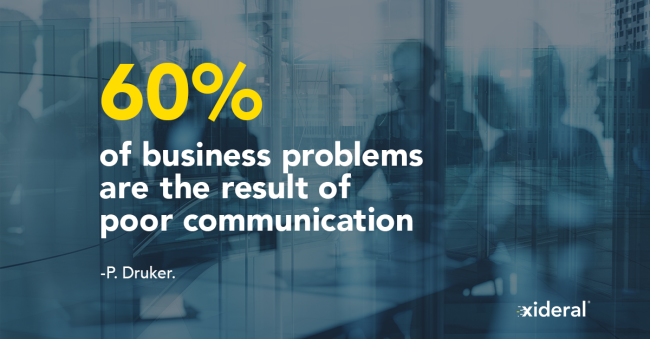Imagine having at your disposal a tool that allows you to understand how you process information. That’s what the VAK Test offers! Many people don’t know about this test, and its effectiveness, in many schools it is applied to help their students learn better.
By taking the test, we were able to discover whether we are more visual, auditory or kinesthetic in the way we learn and communicate. But why is this so important? Each of us has a predominant learning style, which means that we absorb information more effectively through certain sensory channels. For example, if you are a visual person, you will most likely prefer graphs, diagrams and videos to better understand information. If you are more auditory, you may benefit more from verbal explanations, group discussions and even podcasts. And if you’re kinesthetic, you’re likely to learn best through hands-on experience and physical movement.
By knowing our own learning channel and understanding the other person’s, we have more possibilities to communicate our ideas effectively. For example, if we discover that we are more auditory but our partner is visual, we understand that simply sending an audio message will not be enough. Instead, we could send a video, text, graphics or images to convey the information more clearly and completely. Now, if the other person is kinesthetic, we know that practice and physical experience are essential for them to learn. By adjusting our way of communicating to each individual’s learning channels, we increase the chances that our ideas will be understood and received optimally. This not only improves the quality of our interactions, but also strengthens our professional and personal relationships. Identifying these channels can make the difference between effective communication and one that gets lost in the shuffle.
Within the training on effective communication, we also discovered the importance of knowing our personality through the DISC Test. This was new to most of us, we now know that each of us has a unique personality style that also influences how we communicate.
Understanding our own personality and that of others is essential to improve our communication and relationships at work. The Dominance (D) personality style is characterized by a decisive and results-oriented approach. People with this style are natural leaders and tend to make quick decisions. In communication, they are direct and may appear more confrontational. On the other hand, the Influence (I) personality is marked by being extroverted. Influential people are excellent at motivating others and persuading with ease.
The DISC Test also provides us with information about the Stability (S) and Compliance (C) personality styles. People with an S style tend to be patient and loyal, preferring to work in a stable and harmonious environment. On the other hand, those with a C style are detailed and precise, valuing accuracy and quality in their work.
When we combine these styles in a team, we can obtain surprising results. For example, imagine a project where a leader with a Dominant (D) personality style sets the objectives and leads the team toward the goal. An Influencer (I) motivates the team and fosters a positive environment, while a Steady (S) remains calm during challenges. Finally, a Compliant (C) ensures that every detail is perfect and standards are met.
By understanding and appreciating the strengths of each personality style, we can maximize our team’s potential and reach new levels of excellence. By understanding and adapting our communication approach accordingly to personalities, we can improve collaboration and overall team performance.
Understanding personality styles and learning channels is crucial, especially in the environment of remote work and video calls. Imagine applying this knowledge to maximize the effectiveness of your video calls. If you know your colleague is a visual learner and also has an influencer personality style, you could supplement your explanations with eye-catching graphics or visual presentations during video calls to capture their attention and enhance their understanding of the information. Similarly, if another team member is more auditory and has a dominant personality, you could focus on keeping discussions dynamic and concise to keep them engaged and motivated during virtual meetings. By tailoring your communication approach to meet the individual preferences of your colleagues, you will not only improve the quality of your interactions, but also strengthen team collaboration and performance in the work-from-home world.
Reflections for daily success
These questions will guide us on our path to continuous improvement:
- What we did well: Recognize your successes and celebrate your accomplishments.
- What we did that we should have done better: Identify opportunities for growth and learning.
- What we did that we should not have done: Learn from your mistakes and avoid repeating them in the future.
- What we didn’t do that we should have done: Acknowledge missed opportunities and commit to taking advantage of them next time.
Every time we learn something new and reflect on it, we immerse ourselves on a path to better communication. When we understand how we learn and who we are, we strengthen our connections and make our team shine even brighter.
It is key to celebrate our achievements, learn from mistakes and always be ready to grow.
Regina Velazquez
HR Generalist
